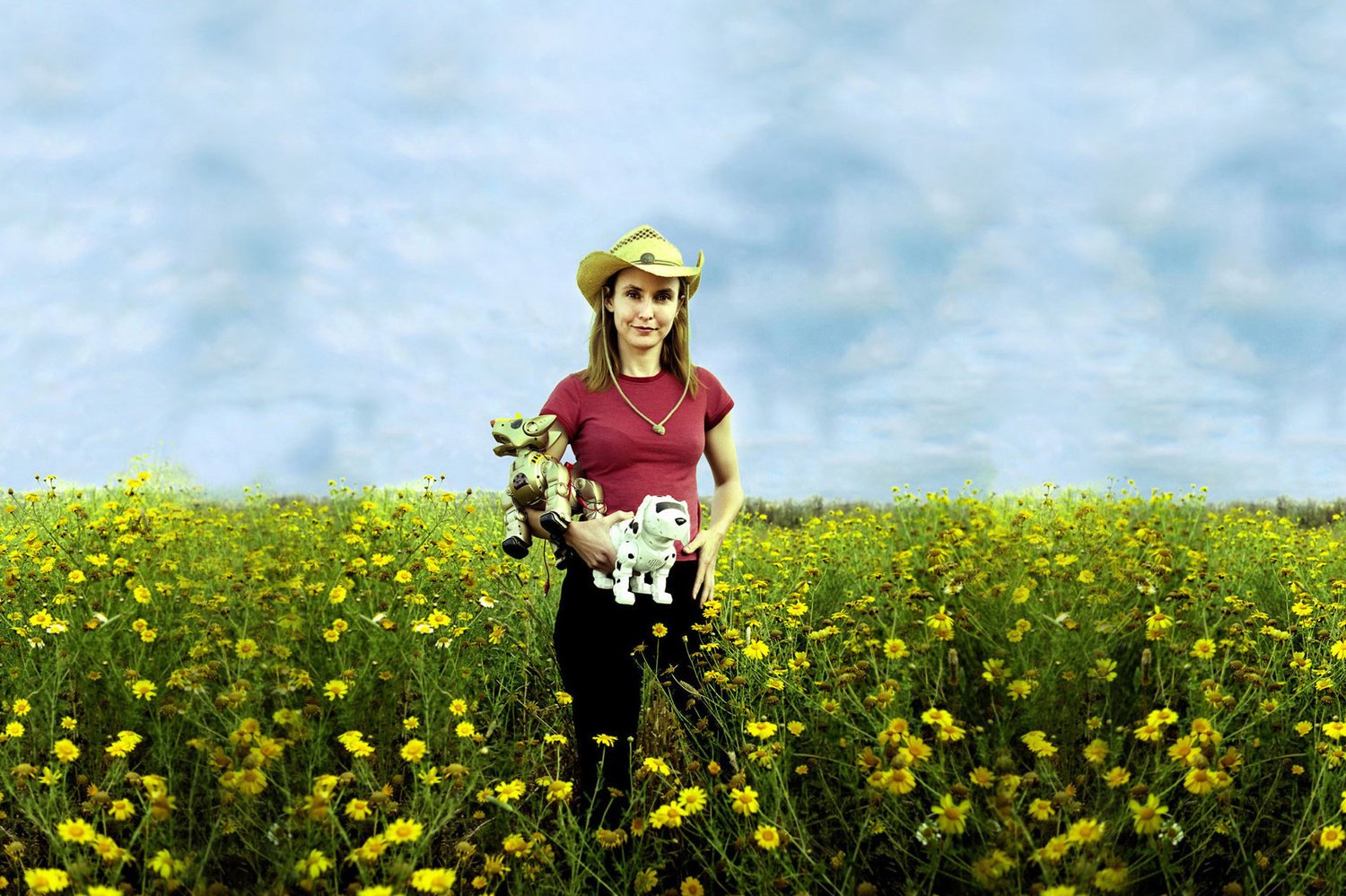DESIGNxBOULDER: Inspiring Community through Art
June 23 – September 11, 2016
@ BMoCA
xHIBITION
TREExOFFICE
FARMACY: AgBag Flower Façade
DESIGNxBOULDER is a three-part project created with internationally recognized artist, engineer, and inventor Natalie Jeremijenko. Providing creative solutions, activities, and products to improve human and environmental health, DESIGNxBOULDER is an invitation to re-imagine our relationship to the natural world and our responsibility for securing its future.
The TREExOFFICE was inspired by The Tree That Owns Itself in Athens, Georgia, where the tree is its own landlord and stands for the rights of nature and against the explicit power that land rights have granted a small section of our society. TREExOFFICE grants ownership of the office to the tree. The space includes a conference table, desks, and WiFi. It is available for public use through October and may be reserved in advance on BMoCA.org for a small fee, with all proceeds given back to the tree for its benefit and upkeep.
TREExOFFICE is free and open to the public. Reservations can be made to reserve a desk, conference table or the entire TREExOFFICE.
In partnership with CU Boulder’s Program in Environmental Design, TREExOFFICE is designed and built by students under the guidance of faculty member Marcel de Lange.
xHIBITION (June 23 – September 11, 2016) has turned BMoCA’s upstairs gallery into a space for collaborative re-imagining, playful re-thinking, and plans for environmental action from artist, engineer, and ecologist Natalie Jeremijenko’s Environmental Health Clinic (xCLINIC). Conceived as open “prescriptions,” xHIBITION presents prototypes, devices, and examples of creative systems developed and implemented by other communities as viable solutions and systems that can be adapted by our local community to improve the public and environmental health of Boulder.
Designed to motivate local communities to engage cross-disciplinary collaborations, xHIBITION focuses on themes of mutualism, symbiotic relationships beneficial to both organisms involved, a dependency also necessary for social well-being. According to Jeremijenko, at least 95% of the world’s biomass is produced by organisms involved in the subset mutualistic systems, including forests, reefs, and plant-pollinator interactions. Most important for xHIBITION, mutualistic systems provide robust templates for re-imagining and re-designing healthy urban ecosystems. In the gallery, visitors encounter accessible, mutualistic systems that they can integrate into their daily lives to improve environmental health for themselves and their community.
One of the main projects on display, DRx: DOCTORS WITHOUT DISCIPLINARY BORDERS, BOULDER, COLORADO features portraits by photographer Alan Rabold of 18 Boulder-based visionaries of sustainability, resilience, and regeneration. DRx honors the application of diverse experiences and ideas to local issues. The individuals nominated for DRxBOULDER represent a wide range of local experts making important contributions in their fields that address environmental concerns and other issues. The photographs, hung in a scattered grid, intentionally leave spaces to be filled, representing an invitation for us all to take action and become new visionaries.
FARMACY: AgBag Flower Façade is a participatory socioecological experiment that explores how urban farming can improve environmental and public health by decreasing air pollution, augmenting biodiversity, supporting pollinators, and producing nutritious edibles.
FARMACY adapts Jeremijenko’s vertical hanging gardens that use AgBags — pockets made from common construction material filled with soil and air-filtering plants. This inexpensive and low maintenance system is able to hang on almost any existing urban structure, creating arable land out of thin air and addressing issues of little or no access to soil or space, among other challenges of sustainability. Designed to improve the quality of life for humans and non-human organisms in an urban environment, the Agbag system improves air quality and is planted with nutrition-dense flowers, often overlooked as super foods that also benefit pollinators and other helpful organisms. For the opening, Jeremijenko created a larger version of the example seen in the galleries. The AgBag Flower Façade adorned the exterior of the museum for a few weeks this summer.
Natalie Jeremijenko (b. 1966, Mackay, Queensland, Australia) holds a PhD in Computer Science and Engineering from University of Queensland along with other qualifications across the arts and sciences. Named one of the most influential women in technology 2011 and one of the inaugural top young innovators by MIT Technology Review, Jeremijenko directs the Environmental Health Clinic, and is an Associate Professor in the Visual Art Department, New York University and affiliated with the Computer Science Department and Environmental Studies program.
*DESIGNxBOULDER* is a collaboration between Boulder Museum of Contemporary Art (BMoCA) and EcoArts Connections in partnership with University of Colorado Boulder’s Program in Environmental Design.
Sponsored by the National Endowment for the Arts and Boulder Library Foundation, with support from City of Boulder Office of Arts + Culture and Parks & Recreation.
Additional support provided by Alan Rabold Photography, BLDG61: Boulder Library Makerspace, DragonDev, Harlequin’s Gardens, Lusciously Local Edible Landscapes, Made in Nature, McGuckin Hardware, simPRO Software, Studio NYL, TruePoint Laser Scanning, Living Design Studios, CU Boulder’s Laboratory of Deane Bowers, and the Measurements and Data Analysis Program.

